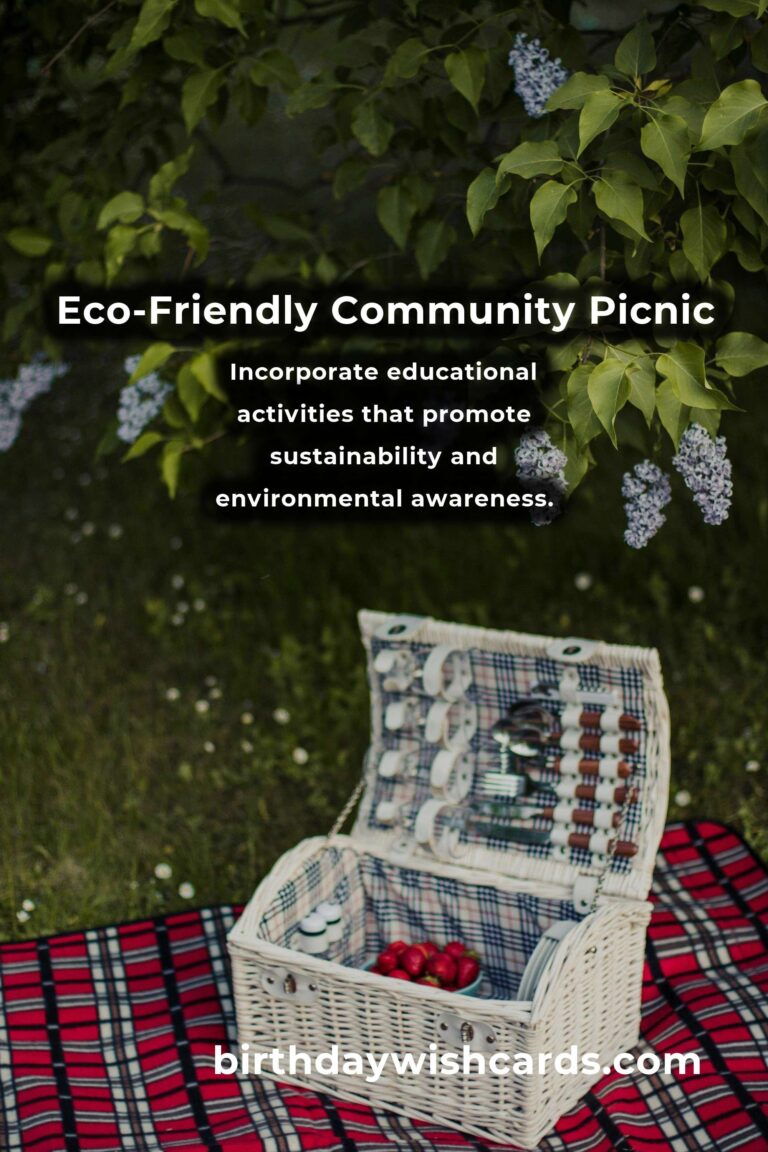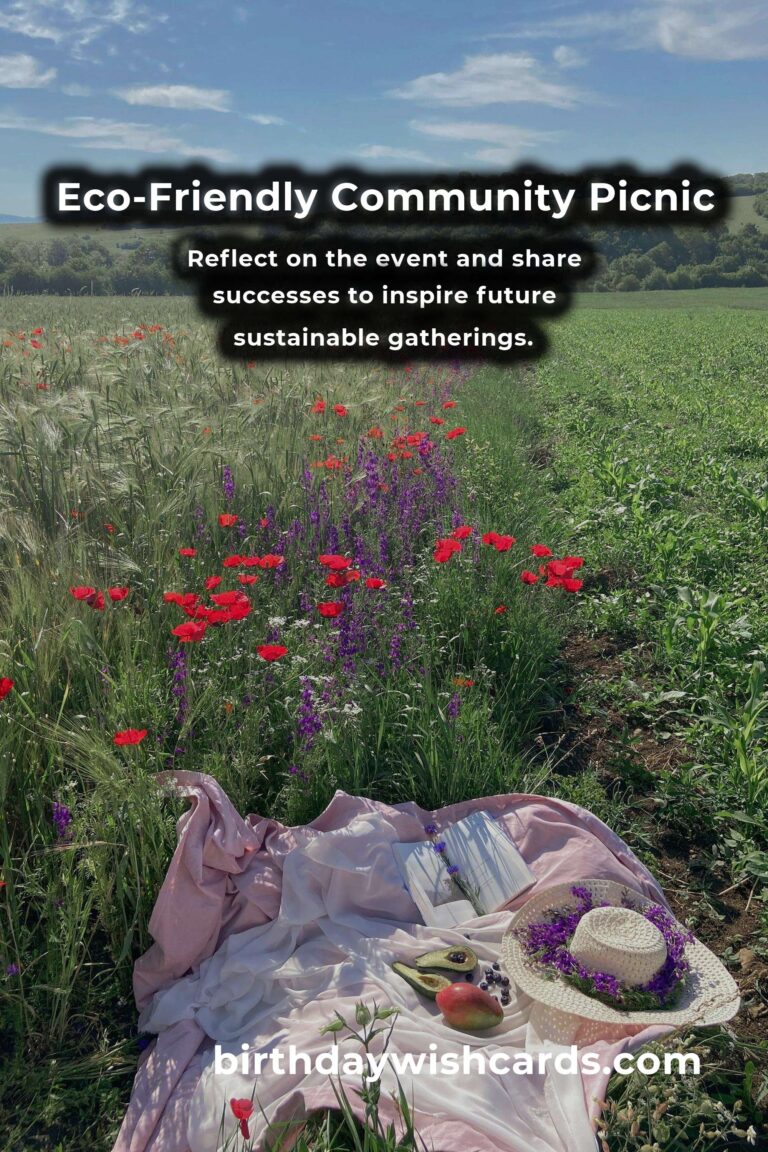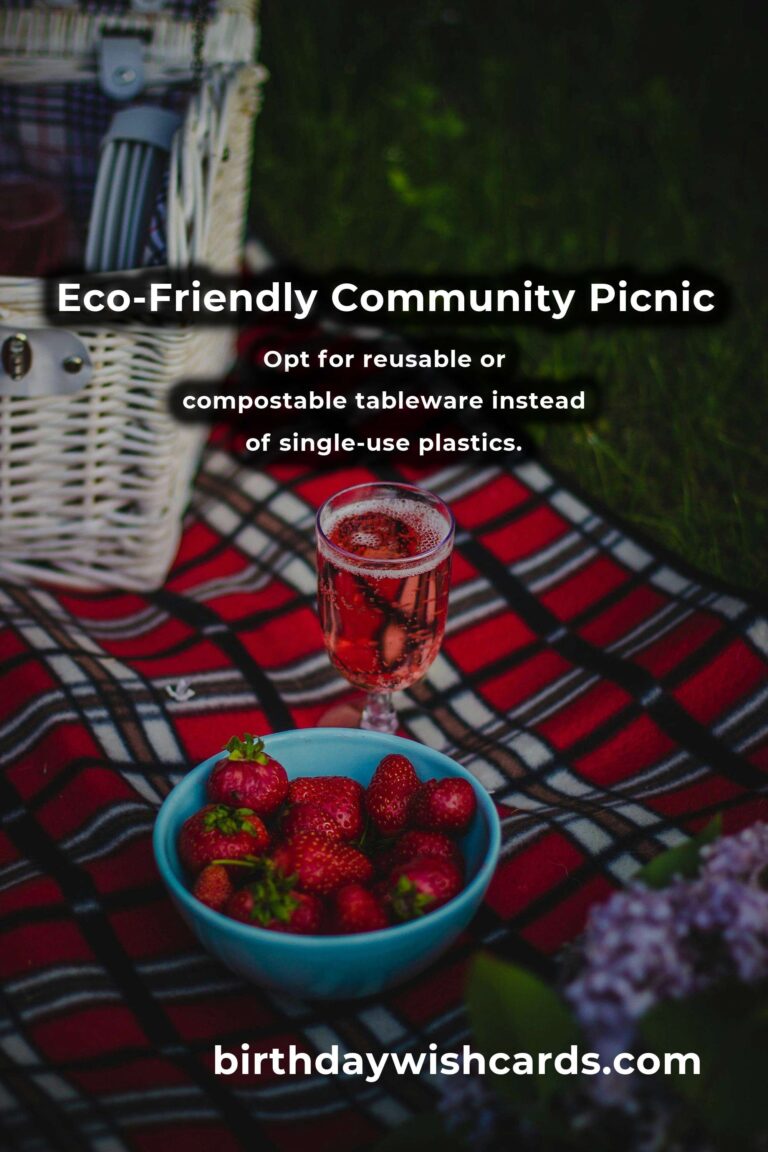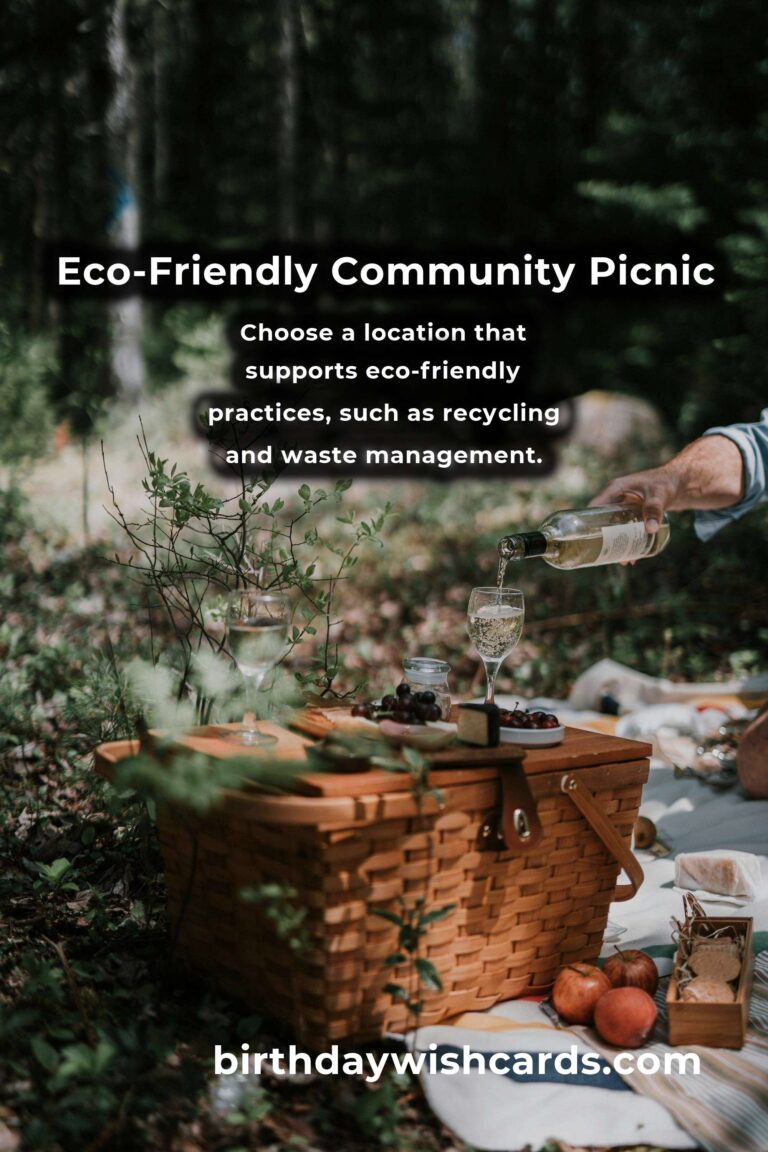
Organizing a community picnic is a wonderful way to bring people together and create lasting memories. By planning a sustainable picnic, you can also make a positive impact on the environment. Here are some tips to help you plan a sustainable community picnic that everyone will enjoy.
Choose a Convenient and Eco-Friendly Location
When selecting a location for your picnic, consider a spot that is easily accessible for all your guests. Parks and open spaces that are close to public transportation are ideal choices. Additionally, ensure that the location you choose supports eco-friendly practices, such as recycling and waste management.
Encourage Carpooling or Public Transportation
To minimize the carbon footprint of your event, encourage attendees to carpool or use public transportation. You can arrange for shuttles from nearby public transit stations or organize carpool groups through social media or community boards.
Use Reusable or Compostable Tableware
Opt for reusable or compostable tableware instead of single-use plastics. Encourage guests to bring their own plates, cups, and utensils, or provide compostable options. This simple step can significantly reduce the amount of waste generated by your picnic.
Plan a Zero-Waste Menu
When planning your picnic menu, choose foods that generate minimal waste. Opt for finger foods that don’t require utensils, and focus on locally sourced and organic ingredients to reduce the environmental impact of your meal. Encourage guests to bring their own reusable containers for leftovers.
Implement a Waste Management System
Set up clearly labeled bins for recycling, compost, and trash at your picnic site. Designate volunteers to help guests correctly sort their waste. Providing clear instructions and signage can help ensure that waste is properly managed and reduced.
Engage the Community with Educational Activities
Incorporate educational activities that promote sustainability and environmental awareness. You can organize workshops, games, or demonstrations that highlight the importance of reducing waste and conserving resources. Engaging the community in these activities can help foster a culture of sustainability.
Celebrate with Eco-Friendly Decorations
Decorate your picnic space with natural and reusable materials. Use fabric banners, potted plants, and recycled paper for decorations. Avoid balloons and other single-use decorations that can harm the environment.
Reflect and Share Your Success
After the picnic, take time to reflect on what went well and what could be improved. Share your successes and tips with the community to inspire future sustainable events. By sharing your experience, you can help others plan their own eco-friendly gatherings.
By following these tips, you can plan a sustainable community picnic that not only brings joy to participants but also contributes positively to the environment. Remember, every small effort counts in making a big difference!
Organizing a community picnic is a wonderful way to bring people together and create lasting memories. Choose a location that supports eco-friendly practices, such as recycling and waste management. Encourage attendees to carpool or use public transportation to minimize the carbon footprint. Opt for reusable or compostable tableware instead of single-use plastics. Plan a zero-waste menu with locally sourced and organic ingredients. Set up clearly labeled bins for recycling, compost, and trash at your picnic site. Incorporate educational activities that promote sustainability and environmental awareness. Decorate with natural and reusable materials to avoid environmental harm. Reflect on the event and share successes to inspire future sustainable gatherings.
#SustainableLiving #CommunityPicnic #EcoFriendly












